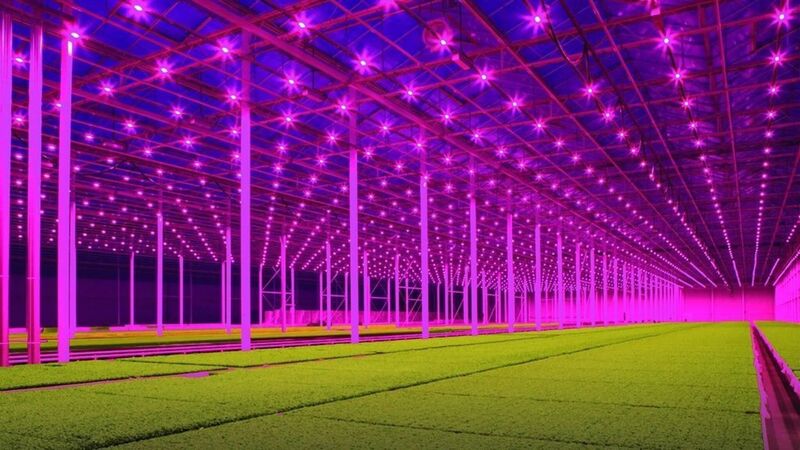LED grow lights have revolutionized indoor gardening by providing a spectrum of light that mimics natural sunlight. These lights emit wavelengths of light that plants use for photosynthesis and growth. However, placing LED grow lights too close or too far from plants can adversely affect plant growth. This blog post will explore the optimal distance for LED grow lights from plants and why it matters.
Factors Affecting LED Grow Light Distance
1. Light Intensity
The intensity of light that plants receive affects their growth and development. Plants need different light intensities depending on their growth stage. During the vegetative stage, plants require high light intensity, while they need lower light power during the flowering stage. The intensity of light that plants receive also varies depending on the type of plant.
2. Plant Growth Stage
The distance between LED grow lights, and plants should vary depending on the growth stage of the plants. Seedlings and young plants require LED grow lights to be closer to them, while mature plants need the lights to be farther away.
3. Plant Type
Different plant types have varying light requirements. Some plants need more additional light than others, and the distance between the LED grow lights and plants will depend on the plant type.
Optimal LED Grow Light Distance
1. How to Measure Light Intensity
Measuring light intensity is crucial for determining the optimal LED grow light distance. The unit of measurement for light power is called a lux meter. It estimates the amount of light that falls on the surface. Place the lux meter at the top of the plant canopy to measure the light intensity.
2. Recommended LED Grow Light Distance for Different Stages of Plant Growth
LED grow lights should be placed 24-30 inches away from the plants during the seedling stage. The distance should be reduced to 18-24 inches during the vegetative stage. LED grow lights should be placed 12-18 inches away from the plants during the flowering stage.
3. Recommended LED Grow Light Distance for Different Plant Types
Leafy greens, herbs, and lettuce require 200-400 µmol/m²/s of light intensity. LED grow lights should be placed 12-18 inches away from these plants. Fruiting plants, such as tomatoes and peppers, require 600-900 µmol/m²/s of light intensity. LED grow lights should be placed 8-12 inches away from these plants.
Adjusting LED Grow Light Distance
1. Signs of Incorrect LED Grow Light Distance
If the LED grow lights are too far away from the plants, they will not receive enough light, and growth will be slow or stunted. If the LED grow lights are too close to the plants, they can cause leaf burn and other damage.
2. How to Adjust LED Grow Light Distance
Moving the light away from the plants to adjust the LED grow light distance. It is essential to monitor the plants for any signs of stress or damage and adjust the light length accordingly.
3. Common Mistakes to Avoid
One common mistake is placing LED grow lights too close to plants during the flowering stage, causing light burn and other damage. Another mistake is forgetting to adjust the LED grow light distance as plants grow and their light requirements change.
Conclusion
In conclusion, the optimal distance for LED grow lights from plants depends on several factors, including light intensity, plant growth stage, and plant type. Measuring light intensity and adjusting LED grow light distance is crucial for healthy plant growth. Indoor gardeners can achieve optimal results by following the recommended LED grow light space for different stages of plant growth and plant types.


